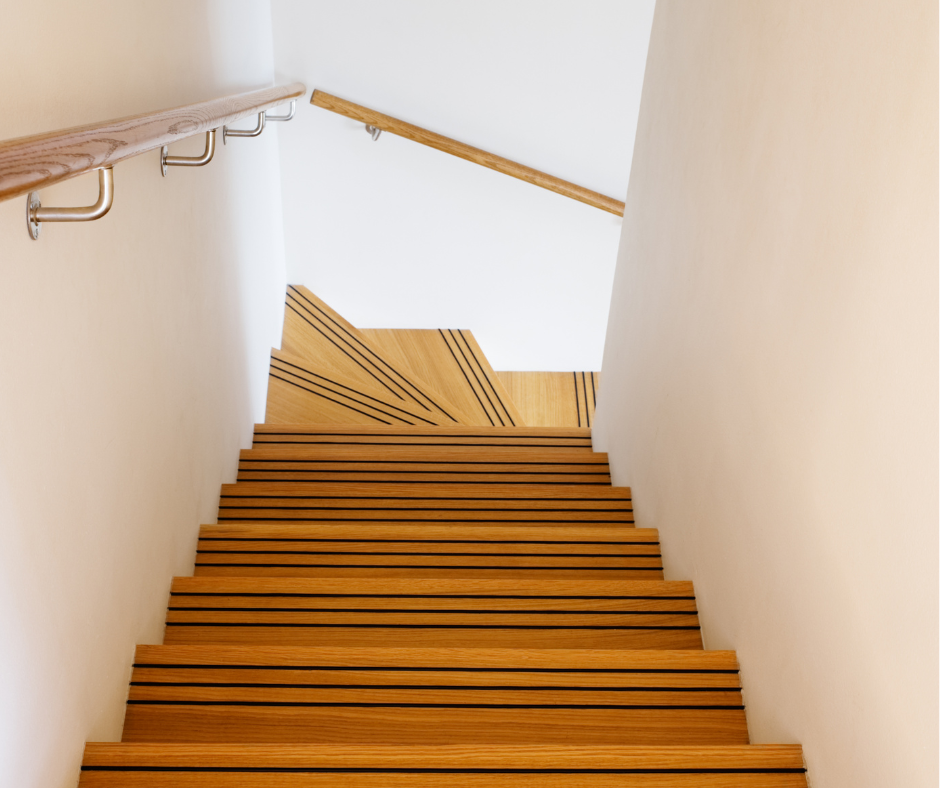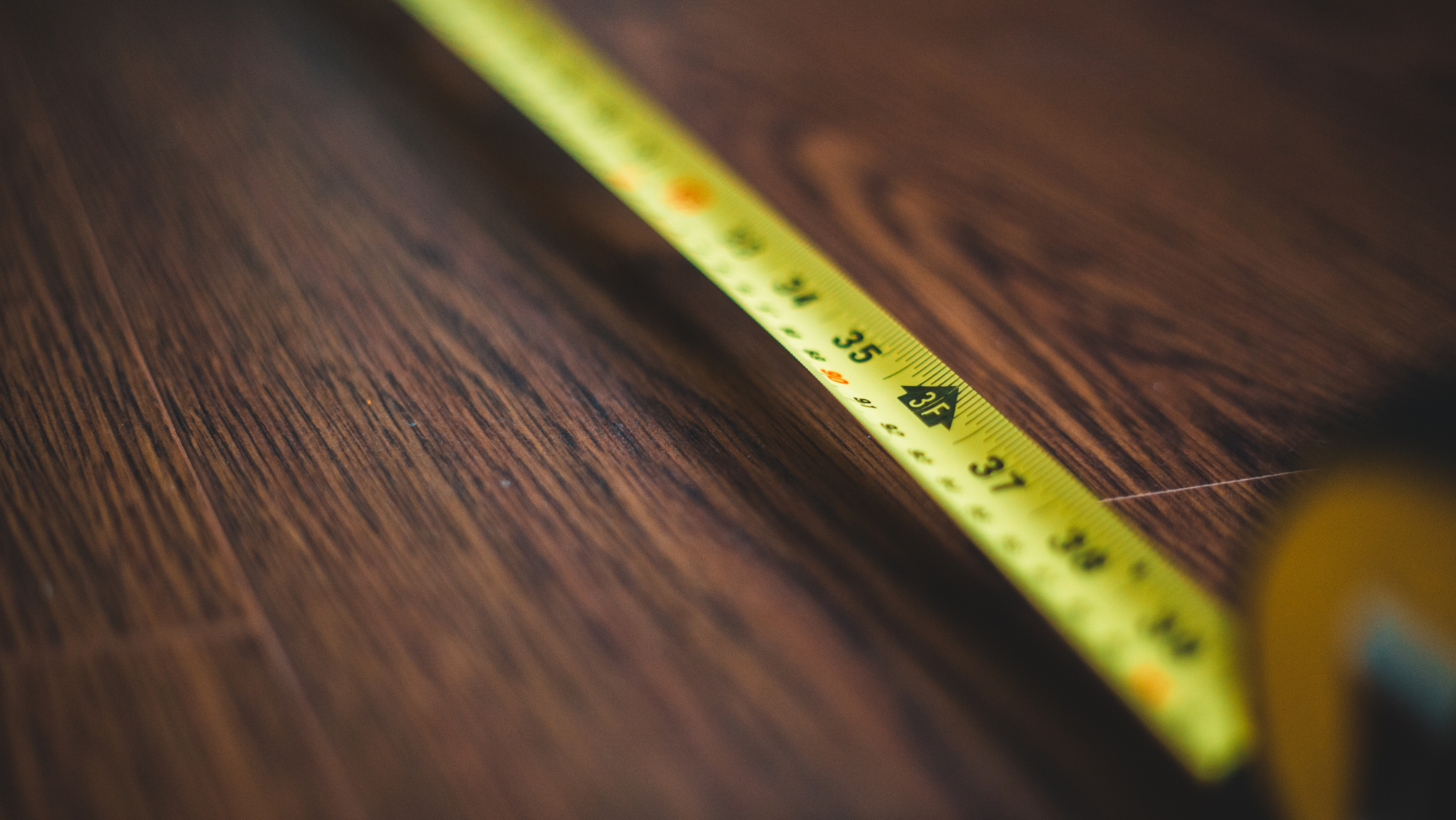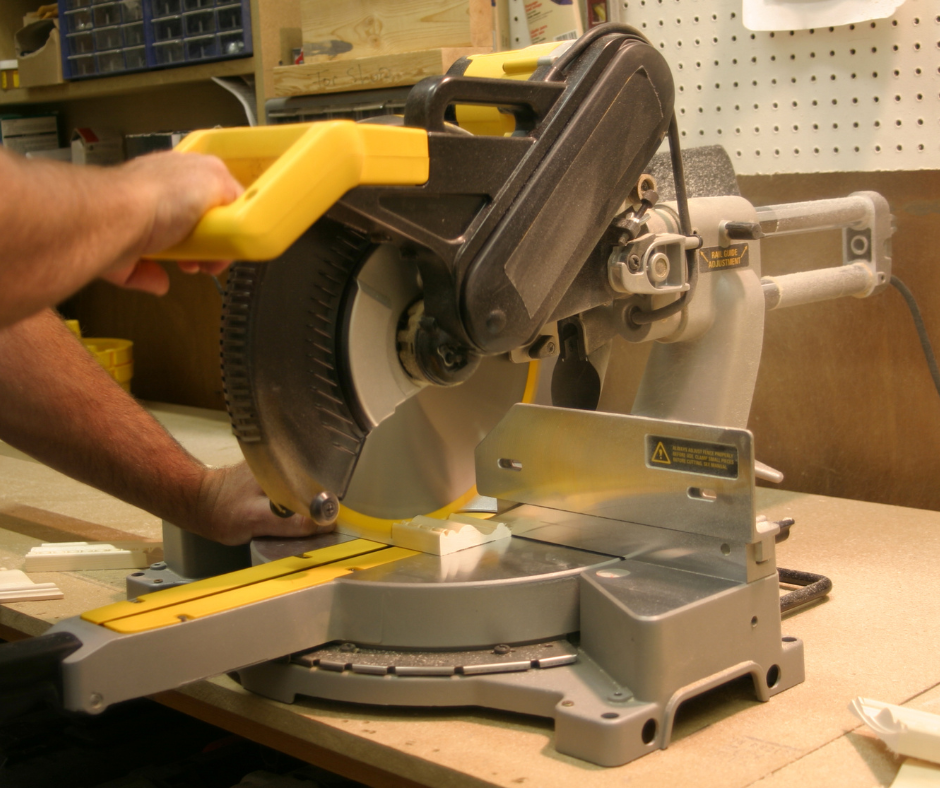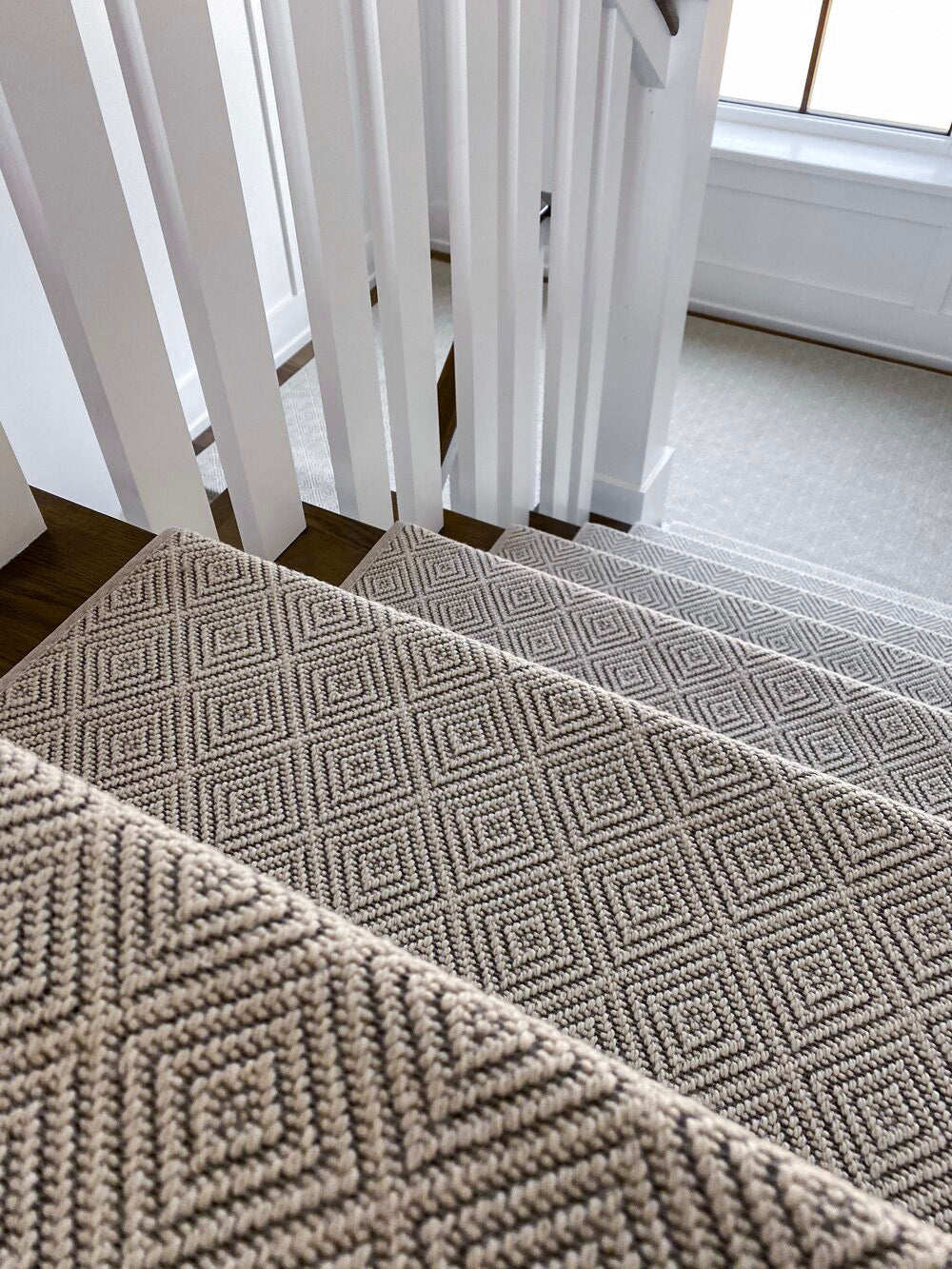Staircases are more than just a way to move between floors—they impact safety, style, and functionality in your home.
What is a no return stair tread?
It is a stair tread with unfinished edges, designed for enclosed staircases where the sides are not visible.
This makes it a cost-effective, easy-to-install option that pairs well with carpet stair treads for added safety and style.
Choosing the right stair tread ensures durability and enhances the overall look of your staircase.
In this guide, you'll learn the key differences between treads with and without returns, their benefits, and when to use each type.
Whether you're upgrading an existing staircase or starting fresh, understanding your options will help you make the best decision for your home.
What is a Tread Return?
When exploring different stair tread options, you may come across the term tread return.
If you are wondering what is a tread return, it refers to the finished edge of a stair tread. This is used when the side of the tread is visible, such as in open or floating staircases.
The purpose of a tread return is to create a polished, seamless look while also protecting the edges from wear and damage over time.
In staircases with open sides, an unfinished edge would look incomplete or rough.
The tread return provides a professional finish that enhances the overall aesthetics of the staircase.
Additionally, it helps prevent splinters and protects the exposed edges from chipping, making it a functional as well as a decorative feature.
Benefits of a Tread Return
While no return stair treads are a practical option for enclosed staircases, stair treads with returns offer several advantages for open staircases:
-
Enhanced Appearance – Provides a sleek, seamless look that integrates well with modern and contemporary designs.
-
Protection – Helps prevent wear and tear on the edges, reducing the chances of damage over time.
-
Improved Safety – Minimizes rough edges or exposed surfaces that could cause injuries or splinters.
What Does "No Return" Mean on Stair Treads?
No return stair treads do not have a finished edge because the sides are not meant to be seen.
These treads are commonly used in traditional or enclosed staircases where the walls or staircase structure naturally hide the edges.
Since the edges are not exposed, there is no need for additional finishing, making these treads an economical choice for homeowners looking for a straightforward solution.
By choosing no return stair treads, homeowners can save on material and labor costs while still achieving a clean, stylish look for their stairs.
Why Choose No Return Treads?
If you are deciding between stair treads with or without returns, consider the advantages of no return stair treads:
-
Cost-Effective – More affordable than treads with finished edges because they require less material and labor.
-
Simple Installation – Easier to install since there is no need for additional finishing work.
-
Ideal for Enclosed Stairs – Designed for staircases where the edges remain hidden from view.
What is the Difference Between Open and Closed Stair Treads?
The type of stair tread you choose will depend on whether your staircase has open or closed risers.
Open Stair Treads
Open stair treads, also called open risers, have gaps between each step, creating an airy, modern look.
These stairs often require treads with returns because the edges are visible.
Open staircases are commonly found in contemporary homes and loft-style designs.
Closed Stair Treads
Closed stair treads, on the other hand, have risers that fill the gaps between each step.
This creates a more traditional and stable staircase design.
Since the sides of closed staircases are enclosed, no return stair treads are commonly used.
Pros and Cons of Open vs. Closed Treads
Open Treads
Pros:
-
Stylish, modern aesthetic.
-
Allows natural light to pass through, making spaces feel larger.
Cons:
-
May feel less secure due to the open gaps.
-
Can be challenging to meet some building codes.
Closed Treads
Pros:
-
Provides a more stable and traditional look.
-
Meets most building code requirements more easily.
Cons:
-
Blocks natural light.
-
Can create a heavier, more enclosed feel in the space.
Are Open Tread Stairs Safe?
Safety is an important factor when choosing between open and closed stair treads.
While open treads can be safe if properly installed, they require extra precautions to prevent falls and injuries.
Safety Tips for Open Tread Stairs
-
Correct Spacing – Ensure gaps between treads are not too wide, especially in homes with children or pets.
-
Sturdy Handrails – Install strong, secure handrails to provide additional support.
-
Non-Slip Surfaces – Use non-slip materials on the treads to reduce the risk of slipping.
Although closed stair treads are generally considered safer due to their solid construction, open staircases can also be made secure with the right design choices.
DIY Stair Tread Return: How to Create a Professional Look at Home
For homeowners who prefer a hands-on approach, a diy stair tread return can be a rewarding project.
If you are working with open stair treads and want to add a finished edge, follow these simple steps:
Steps to Create a DIY Stair Tread Return
-
Measure and Cut – Measure the length of the tread and the return piece. Use a miter saw to cut the ends at a 45-degree angle for a seamless fit.
-
Join the Pieces – Apply wood glue to the mitered edges and clamp them together until the glue dries.
-
Sand and Finish – Sand the joint to ensure a smooth finish, then apply a matching stain or paint for a professional look.
Tips for a Successful DIY Stair Tread Return
-
Use Quality Tools – A sharp saw blade ensures precise, clean cuts.
-
Double-Check Measurements – Accuracy is key to ensuring the return fits perfectly.
-
Take Your Time – Careful craftsmanship results in a flawless finish.
Choosing the Right Type of Stair Tread for Your Home
When selecting stair treads, consider:
-
Visibility of the Edges – If the sides of the stairs are exposed, treads with returns provide a finished look.
-
Aesthetic Preferences – Open staircases create a contemporary feel, while closed staircases offer a traditional style.
-
Budget Considerations – No return stair treads are a more cost-effective option for enclosed stairs.
Maintenance Tips for Stair Treads
Regardless of whether you choose treads with or without returns, proper maintenance keeps them looking their best.
-
Regular Cleaning – Dust and clean treads frequently to prevent buildup.
-
Protective Finishing – Apply a sealant or protective finish to extend durability.
-
Inspect for Wear – Check for signs of damage and replace treads when necessary.
Stepping It Up
Choosing between no return and tread return stair treads depends on your staircase design and personal preference.
No return stair treads are an ideal choice for enclosed staircases due to their affordability and simple installation, while treads with returns enhance the appearance of open stairs.
Whether you're considering a diy stair tread return or hiring a professional, selecting the right stair tread improves both safety and style.
Call Us Today!
For high-quality stair treads that match your home’s design and safety needs, Oak Valley Designs offers a wide selection of customizable options.
Contact us today:
-
Website: https://oakvalleydesigns.com/
-
Phone: 706.331.0315
-
Email: info@oakvalleydesigns.com
-
Address: 30 River Ct SW Bldg E Cartersville, Ga 30120




